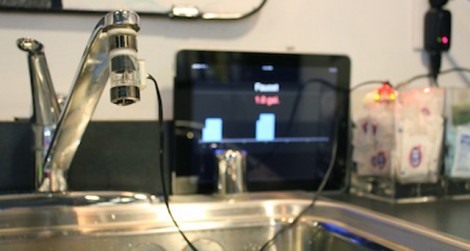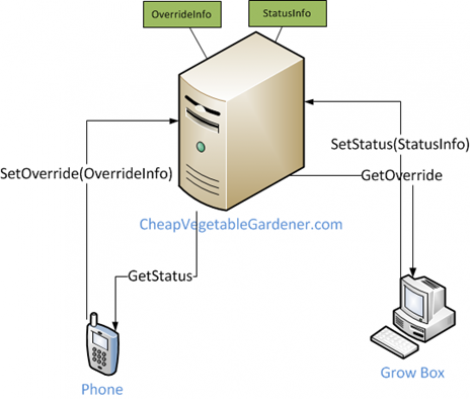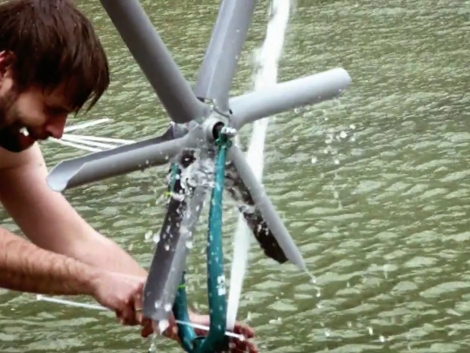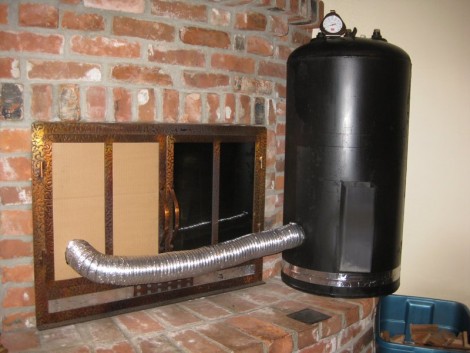
We know that you can transform the mechanical motions of your body into electrical energy, like when you turn the crank or shake a mechanically-powered flashlight. These types of mechanical motions are quite large compared to many of the day-to-day (and minute-to-minute) actions you perform–for example walking, breathing, and thumb wrestling.
What if we could harvest energy from these tiny movements? Researchers at the Korea Advanced Institute of Science and Technology are seeking the answer to this question with piezoelectric barium titanate. The electrical output of their devices is very small (in the nanoAmps) but over a long period and over many repetitions it would be possible to run a small electric device–even a biologically-embedded one. An alternative to blood power?
There is clearly a lot of potential in this technology, and we’ll be interested to see if and when we can start messing around with this stuff. Heck, it’s already been used to power a small LED and you all know just how much everyone would jump at the chance to cover themselves in self-powered LEDs…
















